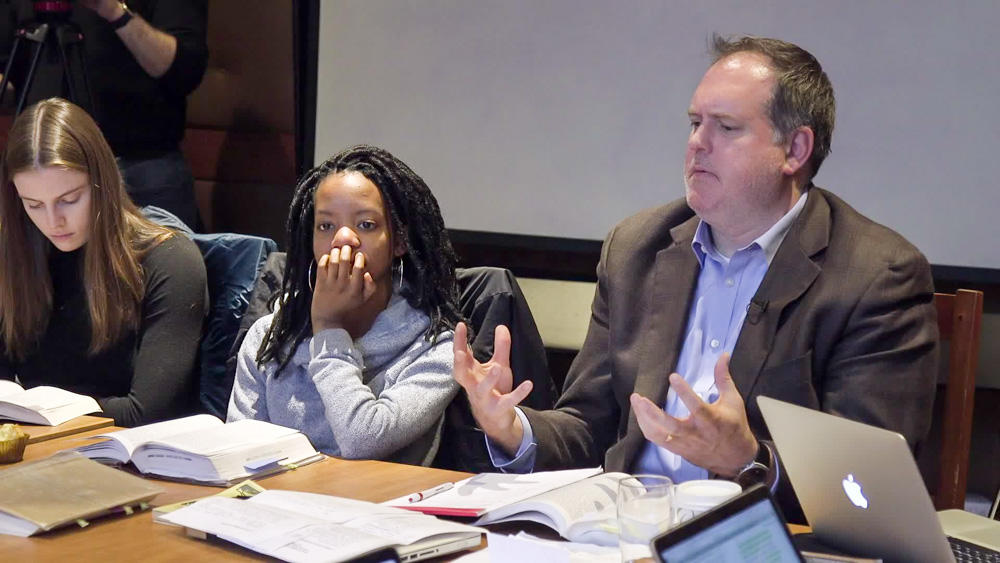As an expert in one’s field, it can be challenging for instructors to move to the periphery of the classroom and let students take the lead. Not doing so, however, can impede students’ problem-solving and critical thinking skills. Fortunately, acting as a facilitator in simulations does not necessarily mean instructors stand idly by. In this video, Jeffrey William discusses how instructors in Homeostasis I find ways to guide students’ thinking without overpowering them by posing questions, issuing subtle hints, and purposefully walking away. Considering the role of facilitators, he reflects, “We are just here to be your shepherds.”
Defining Strategic Roles for Simulation Facilitators
Instructor
Richard Schwartzstein, Ellen and Melvin Gordon Professor of Medicine and Medical Education
Student Group
Graduate
School
Harvard Medical School
Course
Homeostasis I
Group Size
40 students
Additional Details
First-year prerequisite
- When facilitating a simulation, consider giving yourself a role in the learning exercise as well. Devising a strategic role can enable you to provide input authentically while moving students along in the activity.
- Rather than simply giving students an answer to keep them progressing, pose questions, make targeted comments, drop hints, and issue warnings.
- Allow students to lead but identify strategic moments throughout the simulation in advance or in the moment to strategically intervene and redirect as needed. This can be especially important if students have not fully thought an action through or are about to make a harmful, consequential decision.
- According to Issenberg and colleagues, feedback is the most important element of medical simulations. Feedback can be given by the instructor in real-time through suggestions or questions (2005). The importance of feedback suggest a facilitator role may be most appropriate for instructors using simulations.
- Unsure how your role changes when it comes time to facilitate a simulation or role play? Browse through this database of role play and simulation activities from Harvard’s ablconnect to better understand the many different roles an instructor can play.
- As a simulation facilitator, your goal is to help students resolve the problem at hand rather than do it for them. The nonprofit IDEA provides a helpful overview of how to help students answer their own questions in many classroom contexts.




